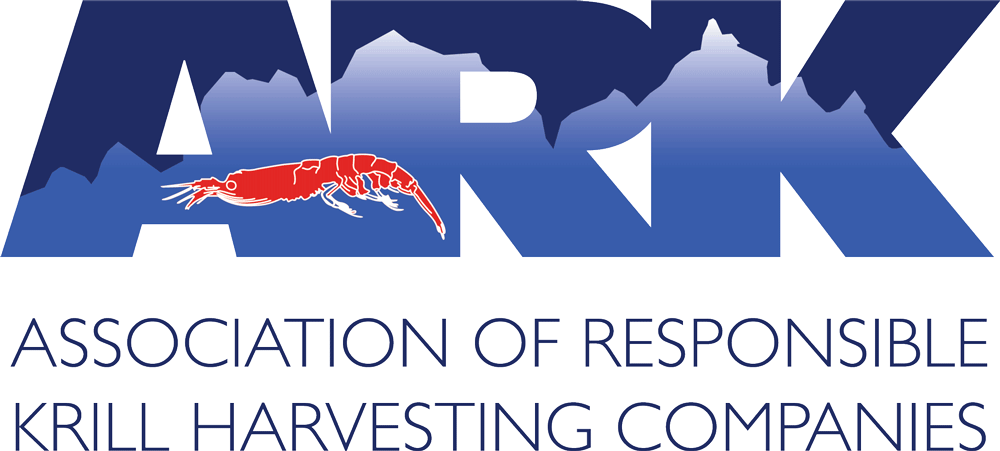Krill fishery quota regulation gets an extension, but new management strategy still on course
ARK voluntary seasonal closures, known as VRZs, remain solid after three years of implementation
There were tense moments at the recent CCAMLR annual meetings as Conservation Measure 51-07, which subdivides the krill “trigger level”, was set to expire. The Scientific Committee’s technical working groups had worked hard during the last two years to develop an alternative management strategy for krill, one that considers interannual fluctuations in krill biomass at the subarea level, and although closer, there are several issues still needing to be solved. Thus, getting a one-year reprieve would help flatten out some of the remaining critical issues.
One such issue is agreeing on a procedure to obtain annual krill biomass estimates, which is then used for estimating the quota at the subarea level. While scientists continue to improve their proposals, ARK members remain committed to the new management framework, delivering the basal survey data necessary to run the models (see Commitment to carry on krill acoustic transects remains strong).
Likewise, ARK members had successfully implemented for three consecutive years the voluntary seasonal closures, or VRZs. As of today, this continues to be the only area-protection measure in Subarea 48.1. The VRZs were designed to protect penguin colonies during the peak of their breeding season, but it may also help reduce competition with whales as they return to Antarctica after months of fasting, as well as protect an important krill spawning hotspot just off the South Shetland Islands north coast.
Benefits of VRZs during summer

